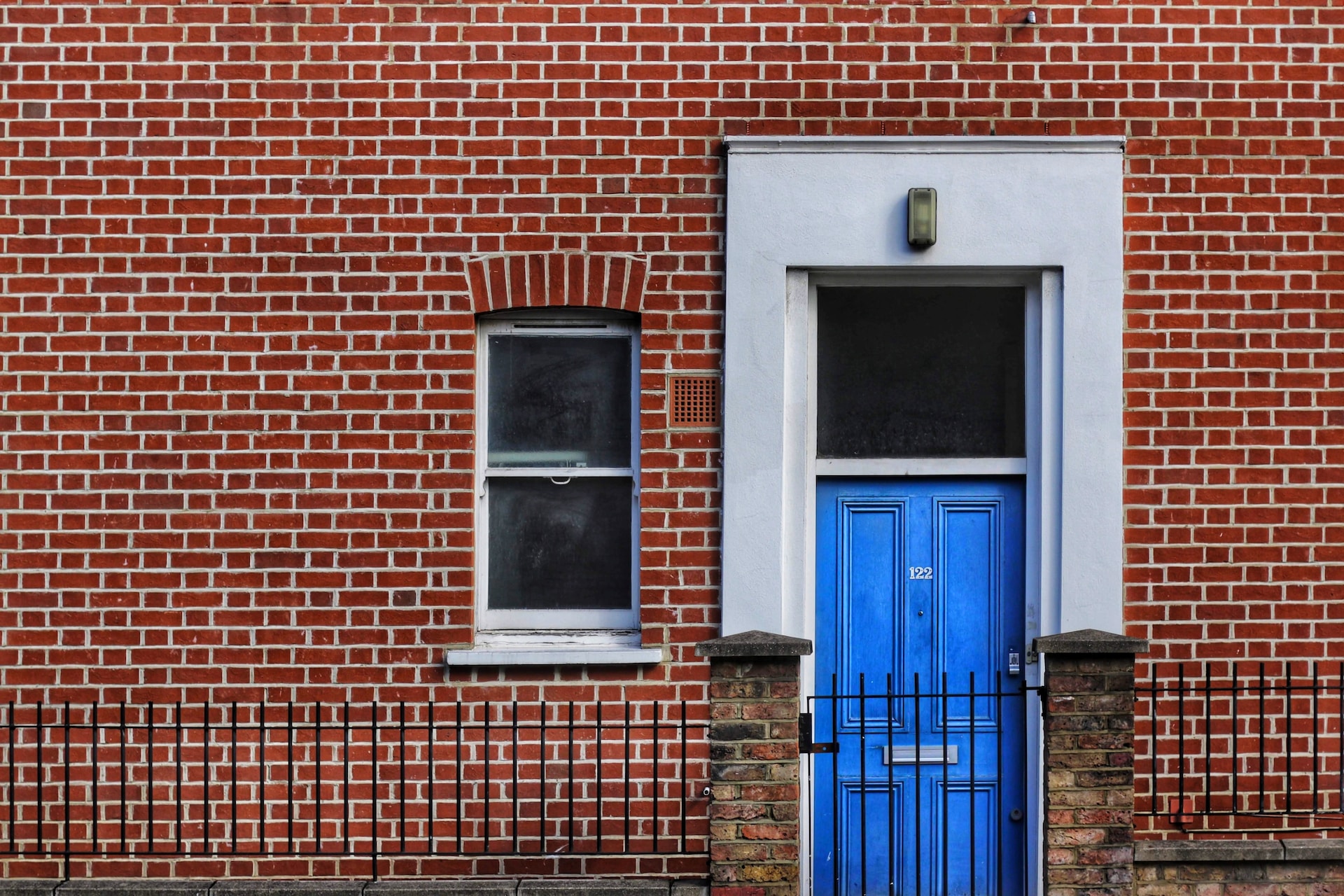The most expensive purchase you’ll likely ever make is buying a home. Home insurance gives you peace of mind that if something goes wrong, you’ll be able to fix or replace it.
However, it’s essential to understand what your policy will and will not cover.
There are two types of home insurance to consider: Buildings Insurance and Contents Insurance.
You can choose to have either type of home insurance without the other, but if you’re a homeowner, you probably have both.
If you’re a tenant, building insurance will be your landlord’s responsibility.
Let’s take a look at what is covered under each policy.
What Does Buildings Insurance Cover?
Buildings Insurance covers the building itself: the structure of your home, the roof, walls, windows, and other permanent parts of the house, like your kitchen and bathroom.
It protects you against damage caused by:
- Weather, including storms and flooding
- Water or oil leaking from pipes or heating systems
- Fire, explosion, lightning, earthquake, and smoke
- Subsidence, heave, and landslip
- Theft attempted theft and vandalism
- Falling trees, branches, and TV aerials
- Frost damage to internal water pipes
It can also cover accidental damage. Accidental damage is usually defined as any sudden and unintentional physical damage caused to your property unexpectedly. For example, putting your foot through the ceiling when in the loft.
The cost of accidental damage could cost hundreds or even thousands of pounds to repair, so it’s worth adding to a policy.
Some other cover benefits that you should consider when looking for a Buildings Insurance policy include:
Trace and access: this covers the cost of removing and replacing any part of your buildings to find and repair a leak.
Loss of keys: if you lose your keys, you can claim the cost of replacing locks on the outside of your home or to any alarm systems or safes inside your property.
Emergency access: this can cover the cost of any damage to your property caused by emergency services. For example, breaking into your home if emergency access is needed.
Most insurers offer more extra cover options you can add to your policy for an additional cost, such as:
Legal expenses cover: this can cover legal costs for property disputes, faulty goods or services, and employment claims. You will also have access to a 24-hour legal advice helpline you can call for guidance.
Home emergency cover: this covers the cost of calling out a tradesperson to prevent an emergency from causing damage to your property, for example, fixing a burst pipe.
Flooding
Millions of properties are at risk of flooding. Flood insurance claims can be tricky to assess and potentially very expensive, so insurers are wary of flood-prone homes.
The Association of British Insurers has made a deal with the government to ensure that many homes prone to flooding are guaranteed cover. You should still expect to pay higher premiums for your home insurance if you live in a flood area.
You can find out if your property is at risk by visiting the Environment Agency website here.
Cracks in Walls
If you have large cracks in your walls, you could have a subsidence problem. Subsidence mainly affects homes in the south of England that are built on clay soil.
Properties that are susceptible to subsidence will be more expensive to insure. You might also have to pay a high premium if you want to buy a house that has suffered from subsidence in the past, though you can usually ask the existing insurer to continue the cover.
Insurance for Unusual Properties
Most UK homes have brick walls and a tile roof, but some properties are more unusual.
A mainstream insurer will probably refuse cover if your house is not standard construction, meaning you will likely need specialist home insurance.
A variety of property types are defined as non-standard, including homes built with wattle and daub, houses with a timber frame, and even properties with a flat roof.
Listed Buildings
A listed building is of particular architectural or historical interest – and there are 350,000 in England, usually built before 1840.
There are three grades of listing, and most homes fall into the second category. You can find out more from the National Heritage List.
If your home is listed, you have to seek special consent from the local authority if you want to alter the property in any way.
For example, if you decide to install new windows or add a conservatory. You are also obliged to restore the building to its original state if it is damaged.
A standard home insurance policy might not be enough for a listed property, so listed building insurance is essential.
The rebuild cost can be challenging to calculate, so you usually need specialist help. Claims are also more complicated because you will likely need specialist craftsmen and materials.
What Is Excluded?
All buildings insurance policies have a list of things you can not claim, known as policy exclusions.
Common exclusions include:
- General wear and tear of your property
- Frost damage to outside pipes and brickwork
- Storm damage to things like gates, fences, and plants
- Deliberate damage caused by you or anyone living in your home
- Damage caused by insects, birds, or other pests
Most policies will not cover your property if you have not stayed there for an extended period – usually 30 or 60 days.
You can read more on how to cover an unoccupied property here if you know you will not be staying there regularly.
How Much Coverage Do You Need?
There are three main ways insurers calculate how much cover you need for your property:
Blanket cover: Some insurers set a standard claim limit for their policies, regardless of how much your house would cost to rebuild; this is usually a high amount—for example, £1 million or unlimited.
Bedroom-rated insurance: Some insurers base how much cover your property needs by looking at the number of bedrooms you have. For example, if you have a two-bedroom house, they may give you up to £250,000 of buildings insurance cover.
Rebuild cost: Some policies set the cover level at the expense of rebuilding your home from scratch. You calculate this by asking a chartered surveyor to assess your property or using the Association of British Insurers (ABI) rebuild calculator.
Using the rebuild cost means you will only pay for the cover you need, but not all insurers use this method to work out your cover.
What Does Contents Insurance Cover?
Contents Insurance covers personal items inside your home, like your big screen television and family jewelry.
It covers your belongings against loss or damage caused by:
- Theft attempted theft or vandalism
- Fire or explosion
- Natural dangers like lightning, a storm, or an earthquake
- Flooding
A contents policy is designed to protect your household items, such as your sofa and any personal belongings in your home, garage, or shed.
Everyday items covered in a contents policy include:
- Furniture: Beds, sofas, wardrobes, drawers, chairs, and tables
- Electrical goods: TVs, laptops, games consoles, DVD or Blu-Ray players and tablets
- Kitchen items: Microwaves, kettles, toaster, cutlery, plates, pots, and pans
- Entertainment: DVDs, CDs, books, video games, and vinyl
You can also cover things like:
- Clothes
- Curtains
- Carpets
- Any items you take out of your home, like your mobile phone
- Money in your home
- Garden contents, including plants
- Frozen and chilled foods, if your freezer or fridge breaks down
Not all insurers offer these benefits as standard, so check each policy document carefully to see what is covered.
New For Old Cover
Numerous policies will offer to replace your items if they have been damaged or stolen with a brand new replacement.
If the exact item is no longer available, your insurer will pay out enough for you to buy the latest available model.
New for old cover usually excludes items like clothes, bedding, and curtains since they are more likely to be affected by wear and tear than most other items.
Accidental Damage Cover
Protects your belongings against accidental damage, like spilling wine on your carpet or knocking over your big screen TV.
Some policies offer accidental damage as a standard for particular items, for example, damage to TVs, games consoles, and mirrors.
Check the policy terms and conditions to determine what is covered and what you will need to add.
Optional Extras
Some insurers let you add extra benefits to improve your cover, such as:
Personal possessions cover: this protects items you take outside of your home, like jewelry and mobile phones. Most policies can cover you anywhere in the UK and if you go abroad.
Garden cover: this covers items kept in your garden, including plants, furniture, and gardening equipment. Some policies also cover the cost of landscaping if your garden is damaged.
Bicycle cover: most policies do not cover bikes kept outside as standard, but some let you add it to protect your bicycle if locked up in your garden or when you take it away from home.
Anything you add to your policy will increase your insurance cost but could offer valuable cover if you need to make a claim.
What Is Not Covered?
Some things that are not covered include:
Wear and tear: any damage caused by general wear and tear will not be covered. For example, your carpet wearing thin over time.
If your home is left unoccupied: most policies do not cover any loss or damage if you are not at your property for a certain length of time, usually 30 days.
Theft by deception: you can not claim if your contents are stolen through fraud. For example, if you give your keys to a tradesperson who then steals from your home.
Damage caused by a computer virus: some policies do not pay to repair or replace your computer or laptop if damaged by a virus.
All contents insurance policies have a list of exclusions that will not be covered, so make sure you read each policy document carefully before you buy.
Cover For High-Value Items
If you want to protect your most valuable items, you need to find a policy that offers this cover.
Most insurers define valuable items as:
- Works of art
- Jewelry
- Watches
- Any items of gold, silver, or any other precious metal
Your valuables will be covered by a single item limit, which is the amount your insurer will pay per item; this is usually around £1,500, but some policies will offer a higher limit.
Some insurers could ask you for proof of value, especially for jewellery, but others do not.
Most policies also set a total valuables limit, which is the maximum you can claim to cover the loss of several valuables together; this is often a percentage of the sum of the entire contents insured. For example, 30% is typical.
So, for example, if your total contents cover is £50,000, you could only claim up to £15,000 for multiple valuables.
Final Word
If you’re asking yourself, do I need home insurance, you should also be asking yourself these questions:
- Could you afford to rebuild your home if there were significant damage from a fire, flood, or other unforeseen events?
- Could you afford to replace all of your belongings if you were the victim of theft?
The answer is probably not. That’s why many people decide to get buildings and contents cover.
Peace of mind is priceless, especially when it comes to your most cherished belongings. It’s the old saying, better safe than sorry.
If you have more questions about home insurance, contact us any time here.



